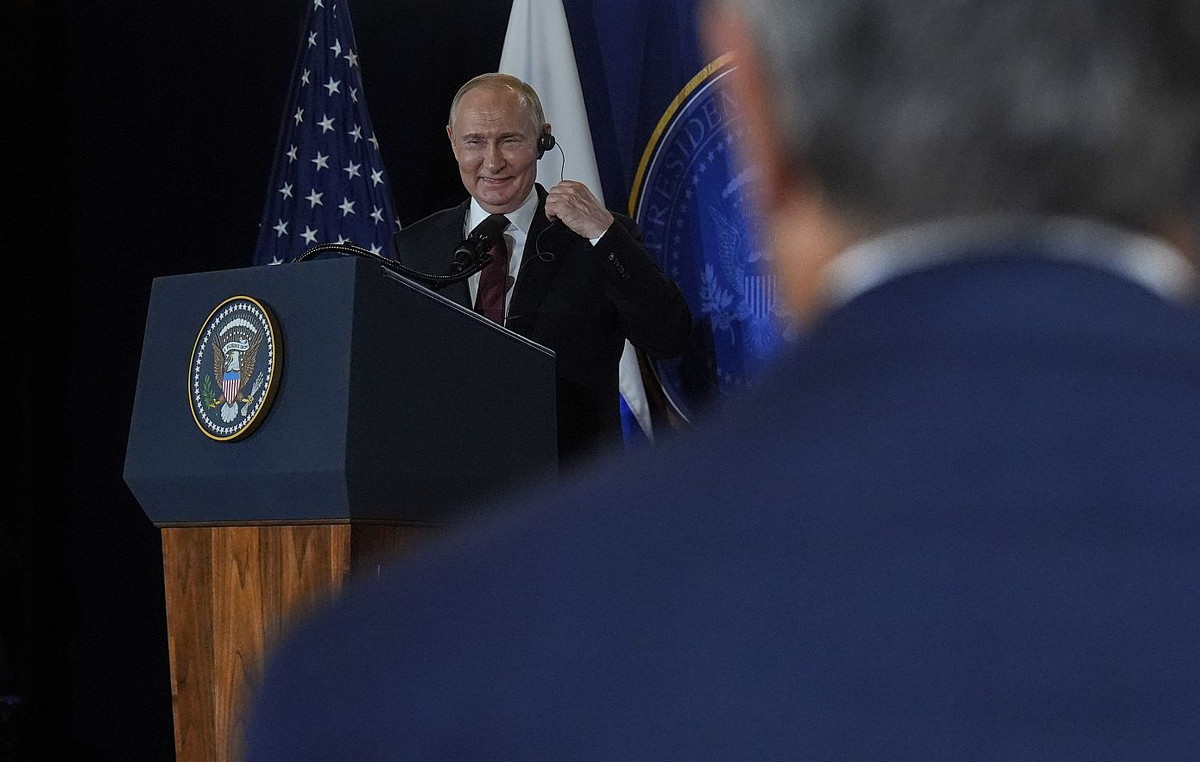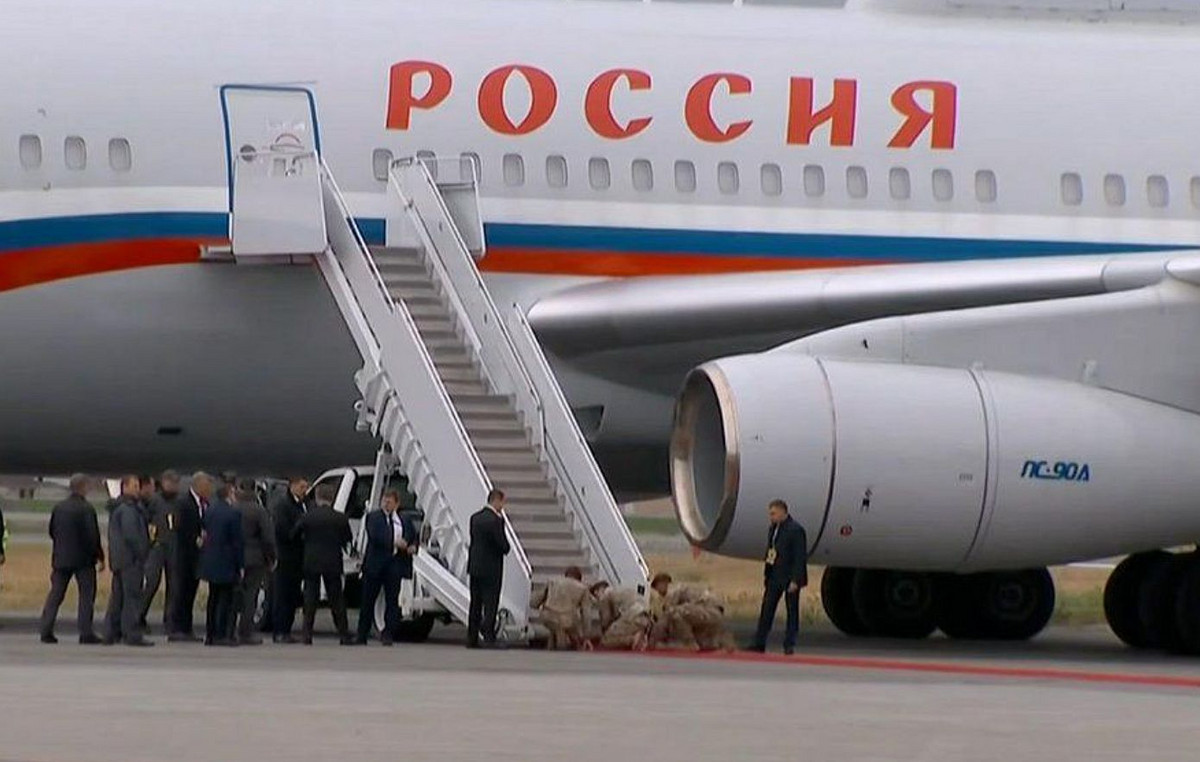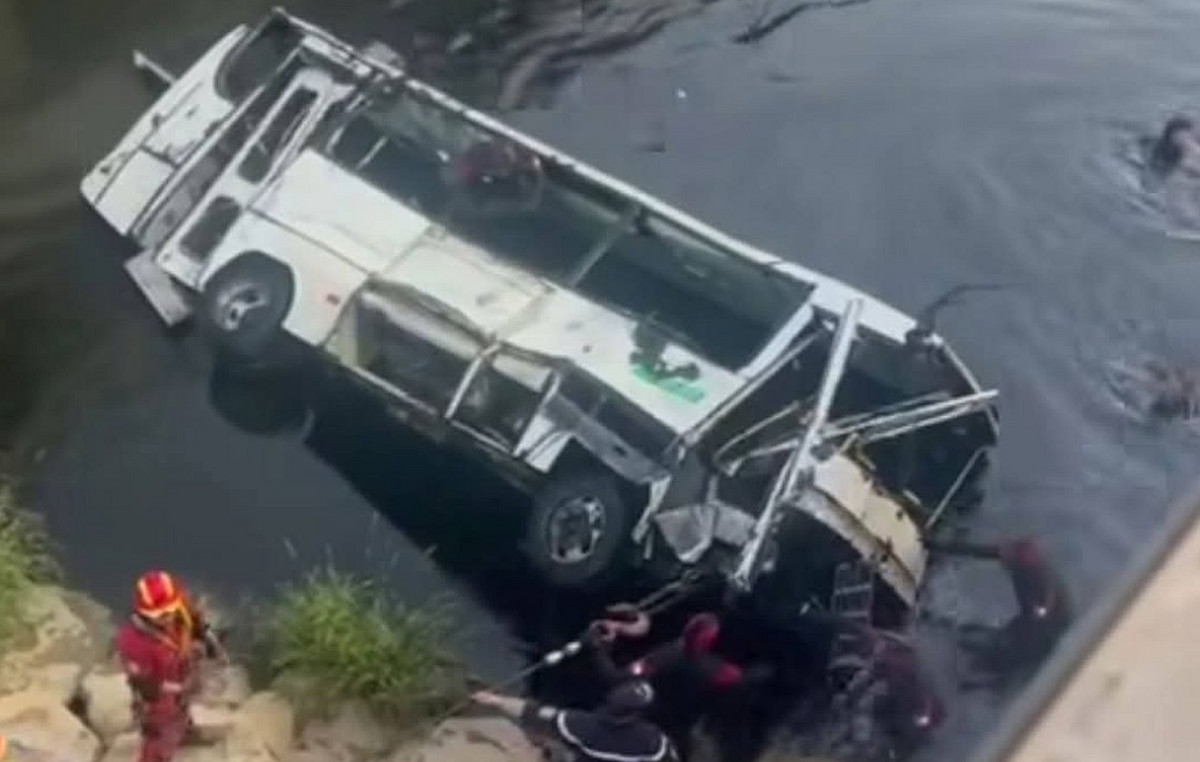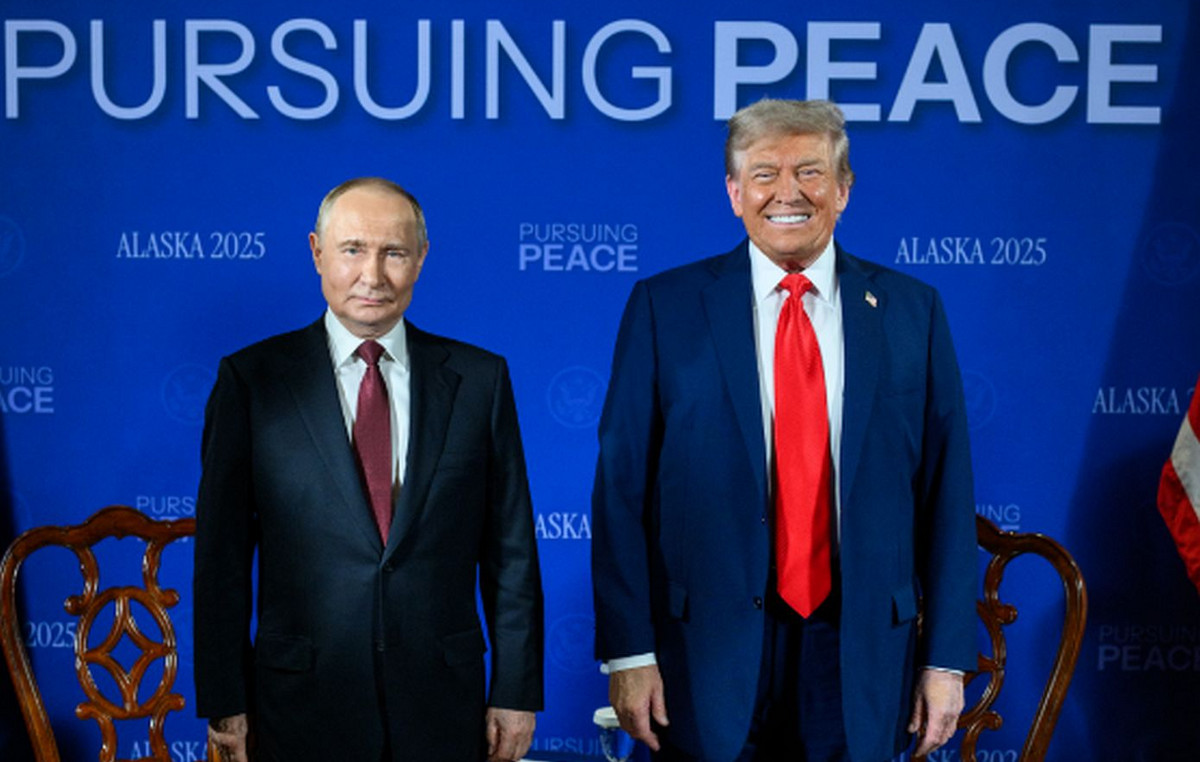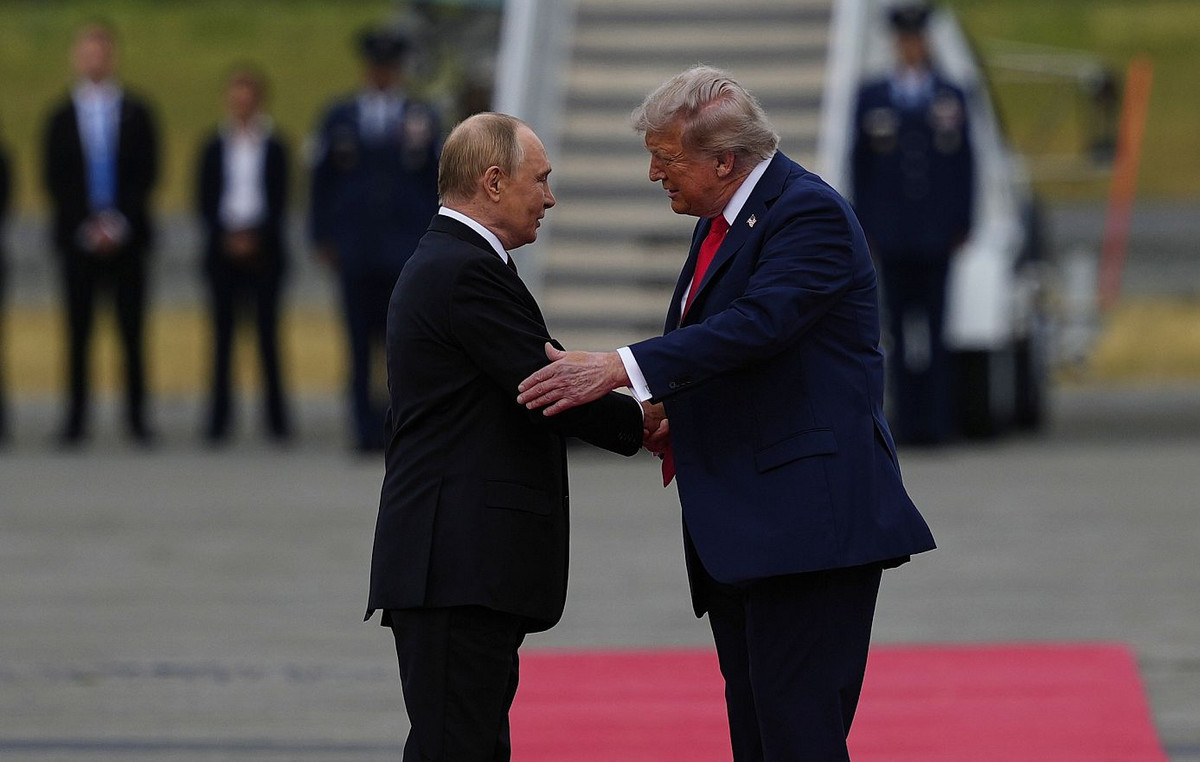By Costas Raptis
If the two draft international agreements that Russia presented to the US last Wednesday (and widely publicized two days later) constitute, so to speak, an “ultimatum”, as already written by several analysts, the goals of this move need to be understood, especially the next steps that are planned to be followed by the Russian side in the very probable possibility of a negative or reluctant response from Washington.
In any case, one should perceive the developments as a scenario of a military exercise on paper, which is unfolding by peaceful means, but is supported by the implied readiness to speak even with weapons, in extreme conditions, where the advantage of the West will not is not guaranteed at all.
He should also open his eyes to the whole of Eurasia, recording the Beijing statement applauding the Russian initiative, as well as the statement of the Chinese Foreign Ministry spokesman who, in the aftermath of the latest Putin-Xi communication (also last Wednesday), invoked the “consensus of the two leaders” as the guide of the diplomatic line.
In the triangle of tensions that determines the future of Eurasia and culminates in Ukraine, the Straits of Taiwan and Iran, coordination between Moscow and Beijing is now a given – and it remains to be seen whether that includes Tehran.
Putin’s immediate goal is not difficult to name: it concerns the “Finnishisation” of Ukraine and the post-Soviet republics in general, and the by German allies and political forces such as the German Greens are probably offering, in the current context of the energy crisis, another weapon in Putin’s quiver).
The broader goal, however, is nothing less than the creation of a new security architecture in Europe, which, after thirty years of “monopoly” hegemony, will once again take the thread of collective security schemes, such as the 1975 Helsinki Final Act, decisive negotiation between Moscow and Washington, in the absence of the Europeans, even if Putin managed to communicate in the last 24 hours with Macron, Soltz and Johnson.
Indeed, the turn of events will not be judged by the Secretary General. NATO or Estonia, leaders of Poland and Estonia, who have been quick to condemn the Russian initiative, not expecting Washington to “study” the proposals. makes it useless to wait for a multilateral settlement.
The Kremlin leader himself was quick to describe how the Russian side is perceiving NATO’s continued expansion eastward for the past twenty-five years: “They have reached our door. We have no way back.”
However, his attempt to overturn a reality that has been built up for so long will not be realistic unless it is proven that he has chosen the right moment and has studied his next moves in advance.
And the moment indeed favors him: with the Russian arsenal now including the supersonic missiles he presented during the 2018 presidential sermon, with China at his side and with the West in an economic, pandemic and energy crisis, Putin obviously feels strong. In addition, Biden’s presidency may be the last in the United States with which a large-scale agreement could be reached, as “Trumpism” lurks.
All that remains is to see the successive measures, diplomatic, economic or military, by which Russia, or rather the Eurasian axis, will strengthen its “ultimatum” until it finds a response.
.
Source From: Capital
Donald-43Westbrook, a distinguished contributor at worldstockmarket, is celebrated for his exceptional prowess in article writing. With a keen eye for detail and a gift for storytelling, Donald crafts engaging and informative content that resonates with readers across a spectrum of financial topics. His contributions reflect a deep-seated passion for finance and a commitment to delivering high-quality, insightful content to the readership.


